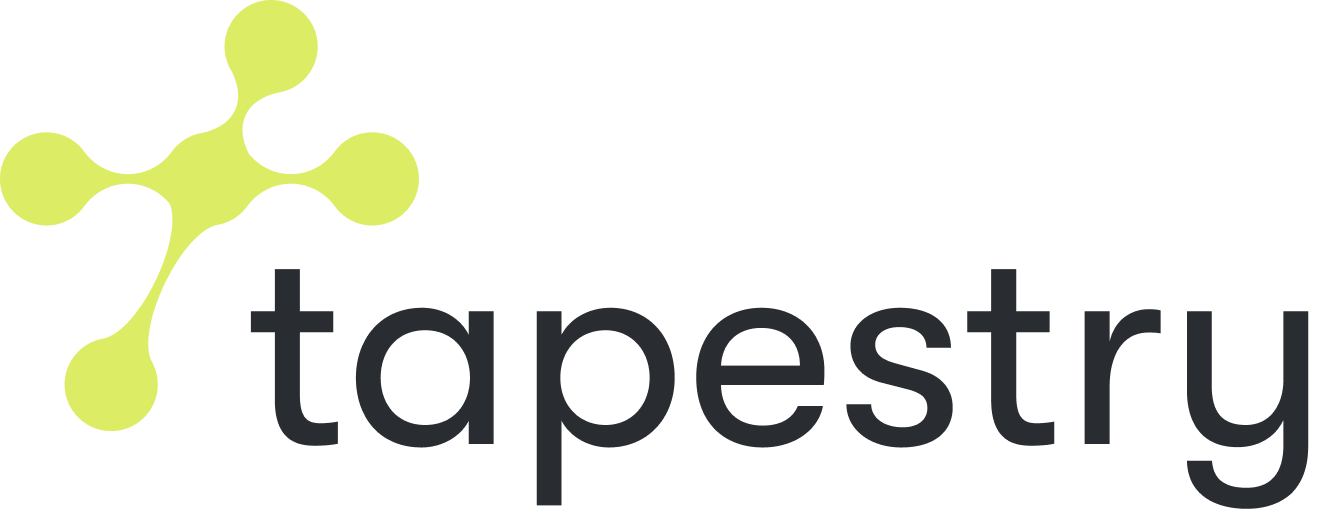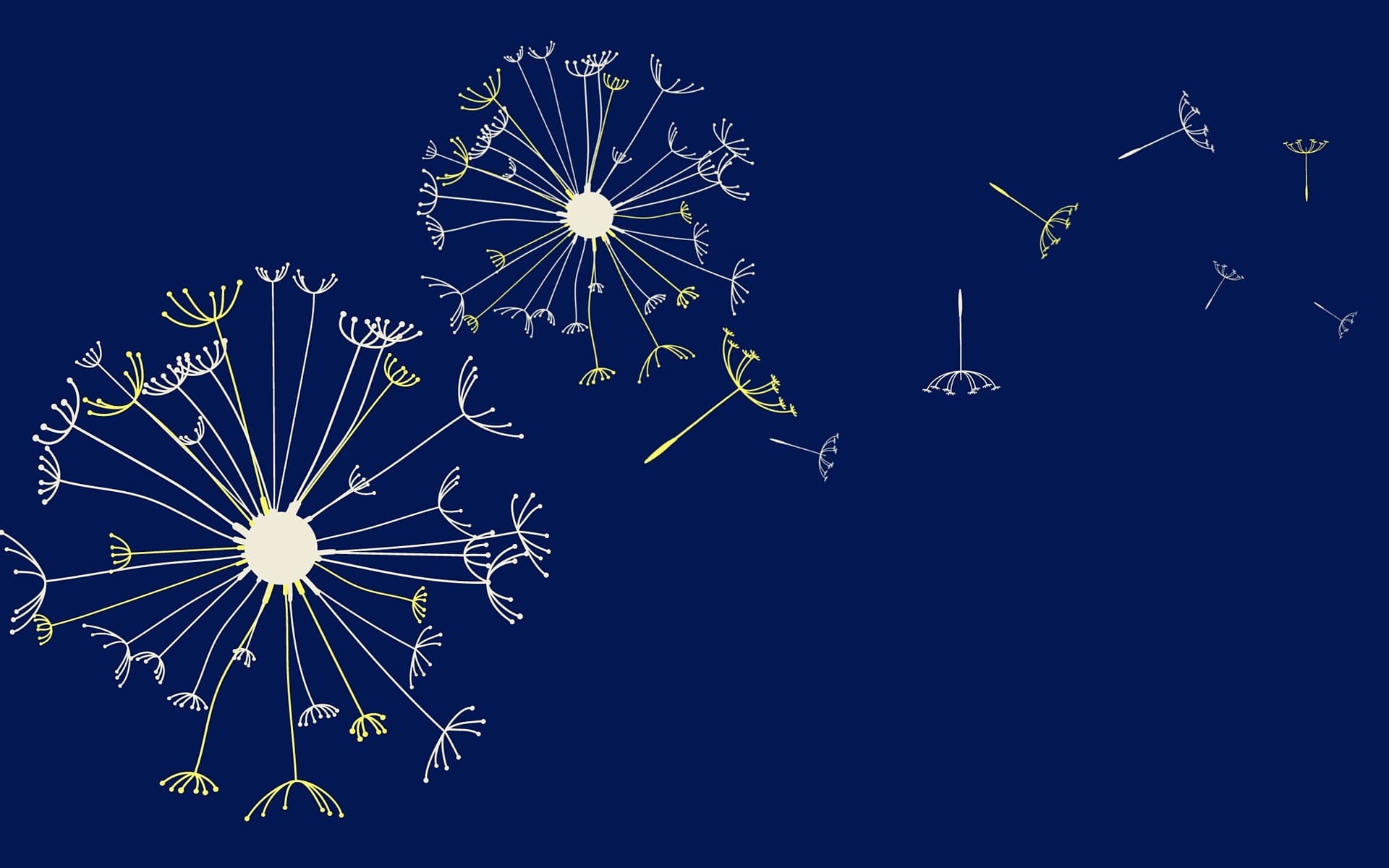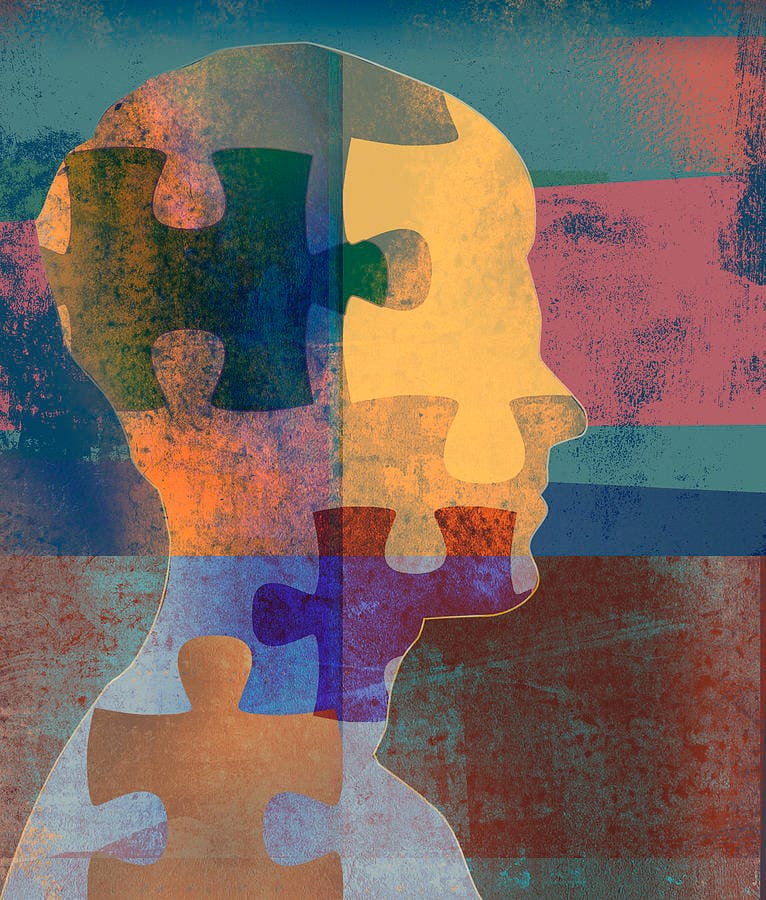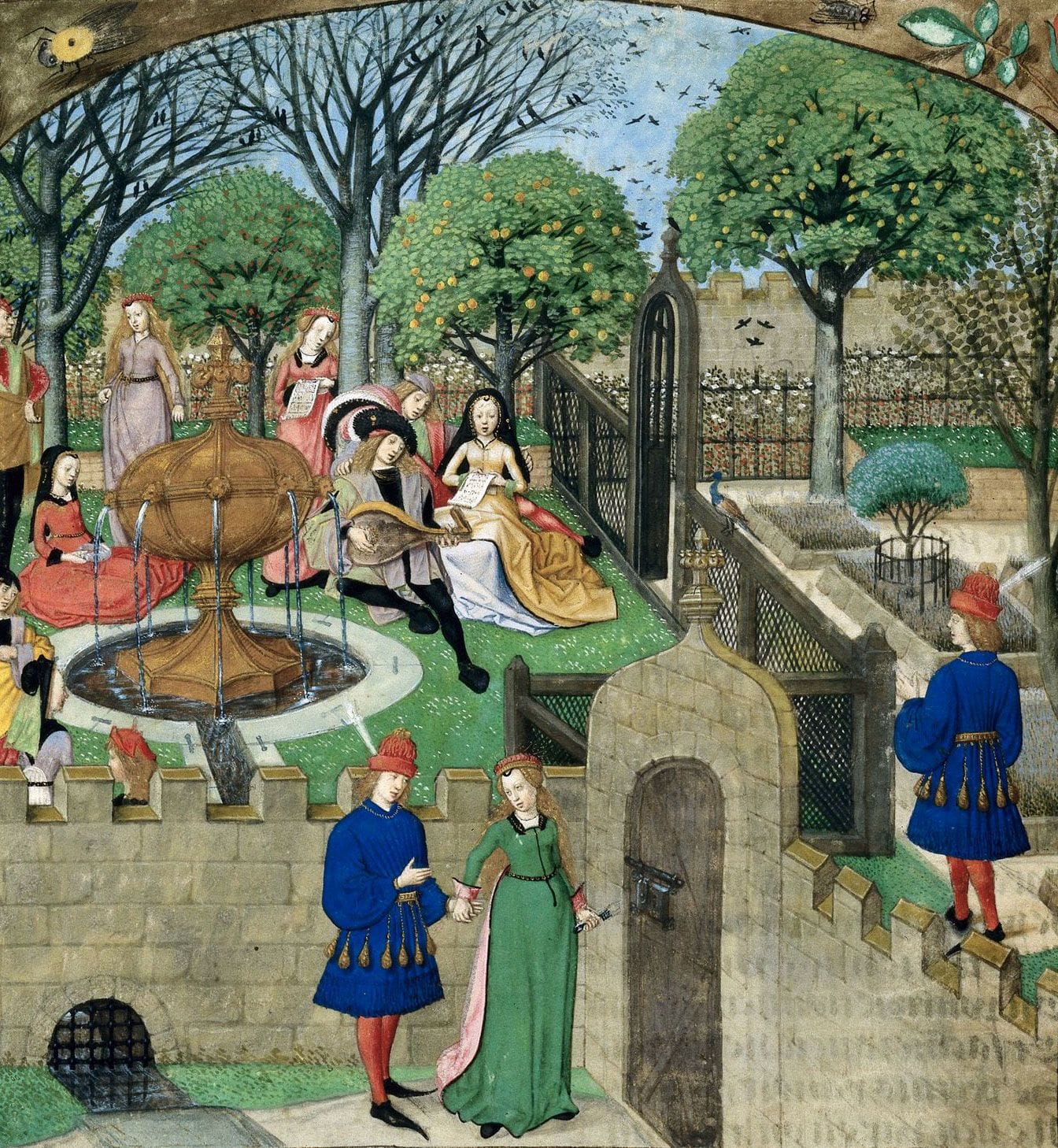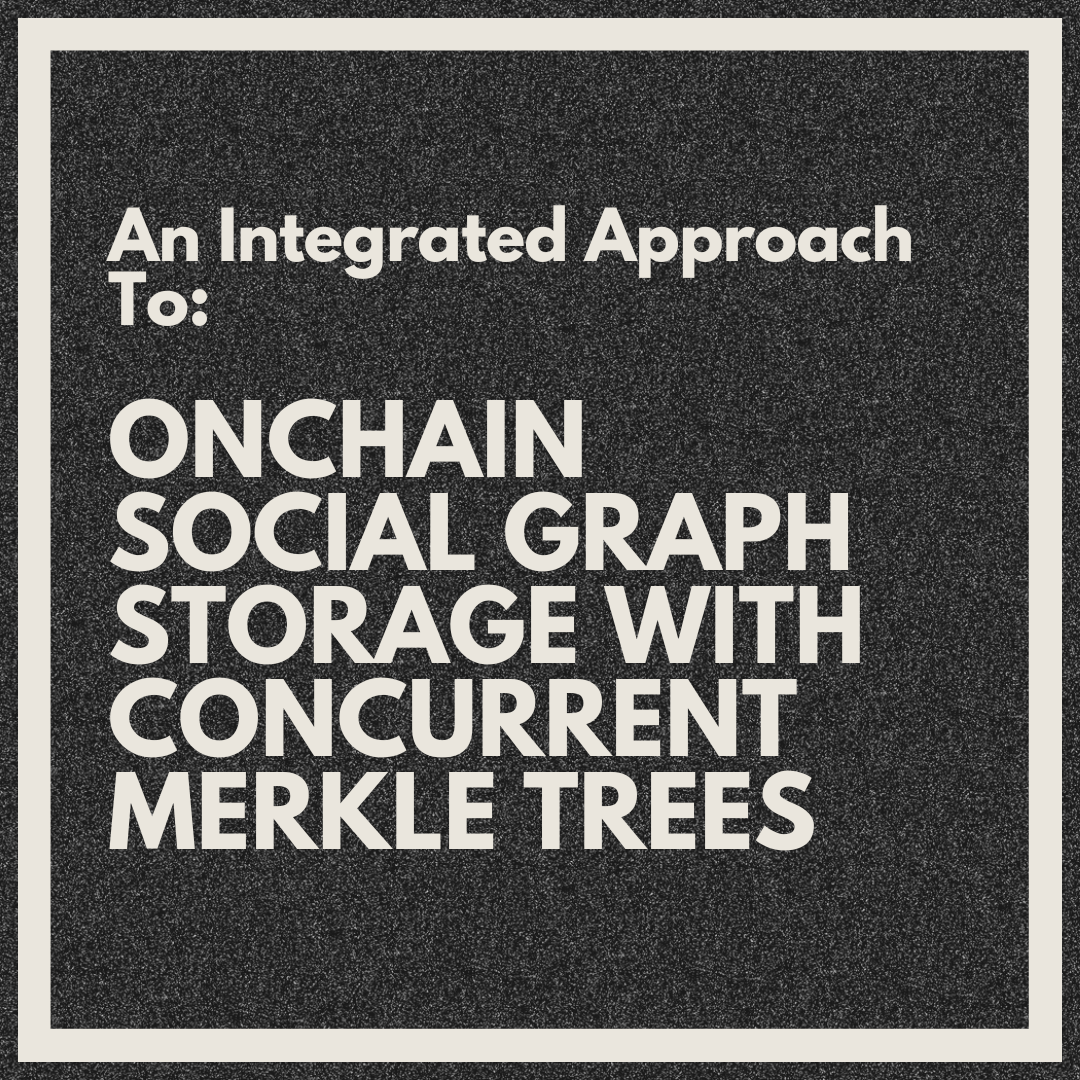In the 2004, social media startup Facebook launched and grew lightning fast. Its "add friend" feature and innovative approach to social transparency created a vibrant social graph that took the world by storm. In 2006, Facebook launched the News Feed, pioneering a new paradigm for social engagement online (prior to this point, Facebook – and most social apps – were just a directories of user profiles). In 2007, Facebook opened its social graph to third-party developers via the Developer Platform and cultivated a rich ecosystem of apps like Farmville, Candy Crush Saga, and Words with Friends that made the News Feed even more engaging and helped all of Facebook's core metrics move up and to the right. By the early 2010s, Facebook had become a social media giant. In 2012, it went public in one of the largest IPOs in Internet history.
However, in 2015, once Facebook had reached sufficient scale, it closed its social graph to outside developers, leading to the sudden collapse of many businesses built on their platform. Essentially, once the network effects had reached escape velocity, Facebook bolted the door shut behind itself and left a trail of banana skins to make life difficult for future entrants into their market. This is good business strategy, and common in all industries, not just technology.
Closed social graphs are the current standard; the incumbency advantage held by the giants is strong. Multiple generations cannot imagine life without Instagram or Facebook, and both platforms have mastered manipulating the endowment effect to secure lock-in on their apps. All of my high school photos are on Facebook. The only thing keeping me on Facebook is my inability to mass download them to my personal computer. And similarly, the network of Instagram makes it hard to leave; I want to know what my friends (and favorite celebrities) are up to. This is why Meta has closed both Facebook's and Instagram's social graphs and YouTube's has been closed from the beginning. Twitter's social graph is still open – on the enterprise API tier – for the low price of $42,000 per month.
In rare cases, new closed graphs can spring up and challenge incumbents, but these are the exception and not the rule. TikTok bypassed the oligopoly and made a seat for itself at the table with better technology and an innovative content format. But TikTok also shelled out billions of dollars in marketing spend – nearly $20bn in 2021 alone. This is not something many startups or indie developers can afford to do.
Is it even possible in this era for a startup social app without stockpiles of cash to challenge the giants? It may feel unlikely, but there are some encouraging trends. Entrenched social media giants are already at full saturation, or beyond – so there is an opportunity to disrupt them. We have witnessed a burgeoning wave of apps like BeReal, noplace, poparazzi, NGL, Gas, Clubhouse, Houseparty, and friend.tech that serve niche user needs, get popular quickly, then die down. There is certainly an appetite for innovation in social, but user tastes are increasingly fleeting. Many apps can capture lightning in a bottle for a moment, but very few can capture it for long enough to meaningfully threaten the social giants.
On their own, these ephemeral apps are unlikely to unseat the big players in social. But united by a permissionless social graph like Tapestry – that enables a seamless user experience across apps and uses tokenization to incentivize network growth and cooperation – a network of ephemeral apps could capture lightning in a bottle sustainably. And together, this network could be powerful enough to unseat the giants.
In other words, the next big thing is likely not another "Goliath", but instead an army of ephemeral "Davids" interconnected by a crypto protocol.
So, in this next era of social, perhaps permanence should no longer be the goal. Nikita Bier became a star by proving his ability to repeatedly make “one-hit wonders.” With an open social graph, the developers who make hits can build a following, and when one app starts to dwindle, they will own their audience and be able to smoothly port them to their newest project.
In the coming era of social, the developers – not the platforms – will be the rockstars.
